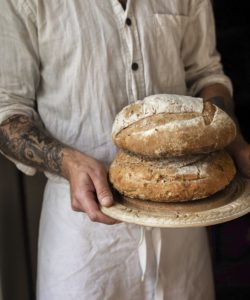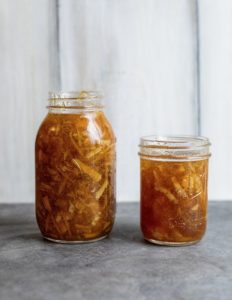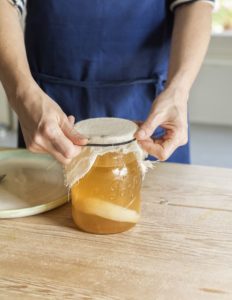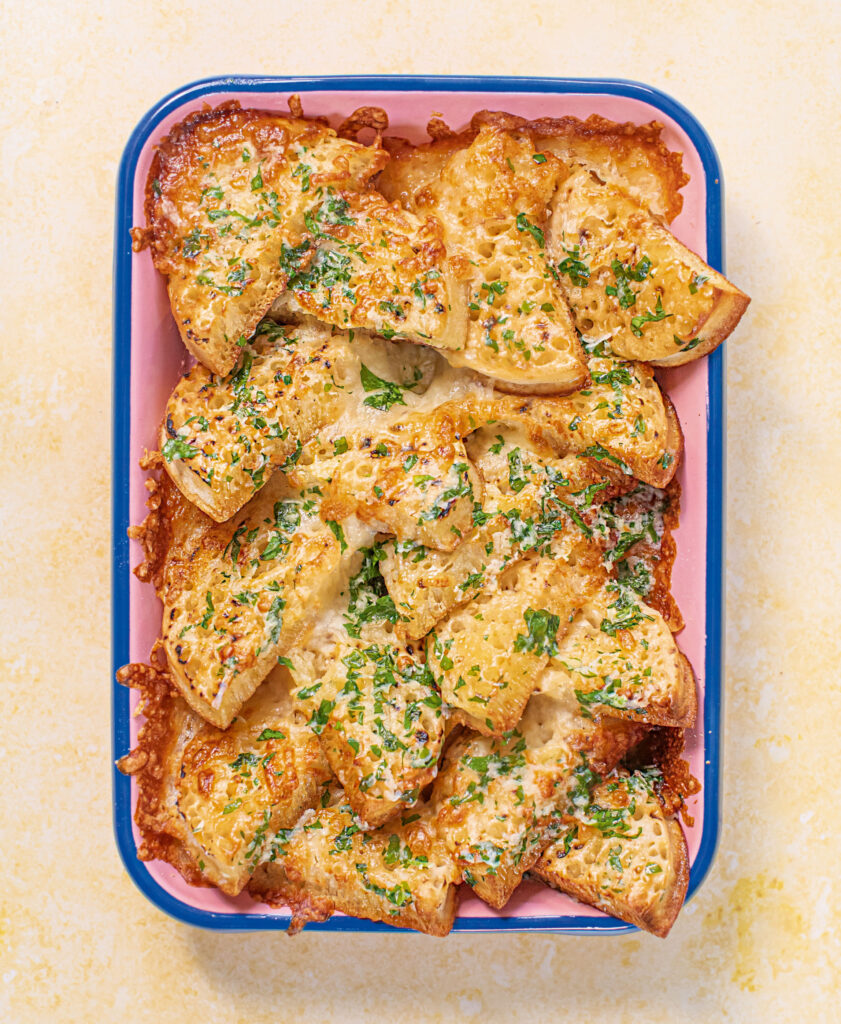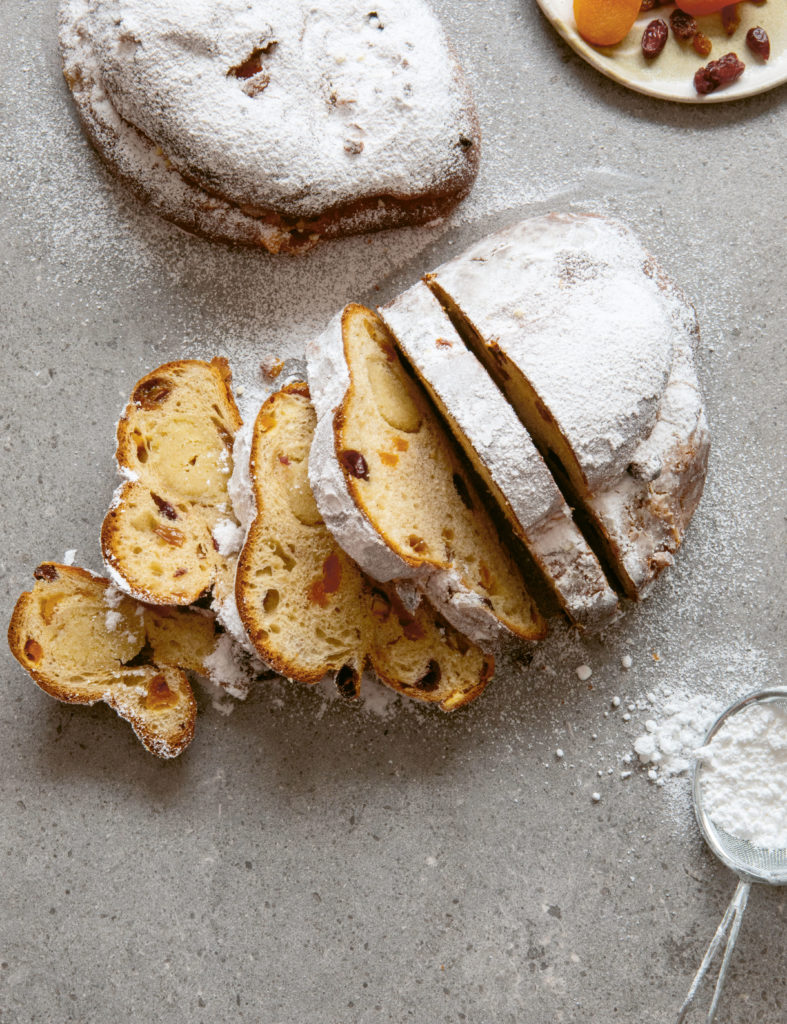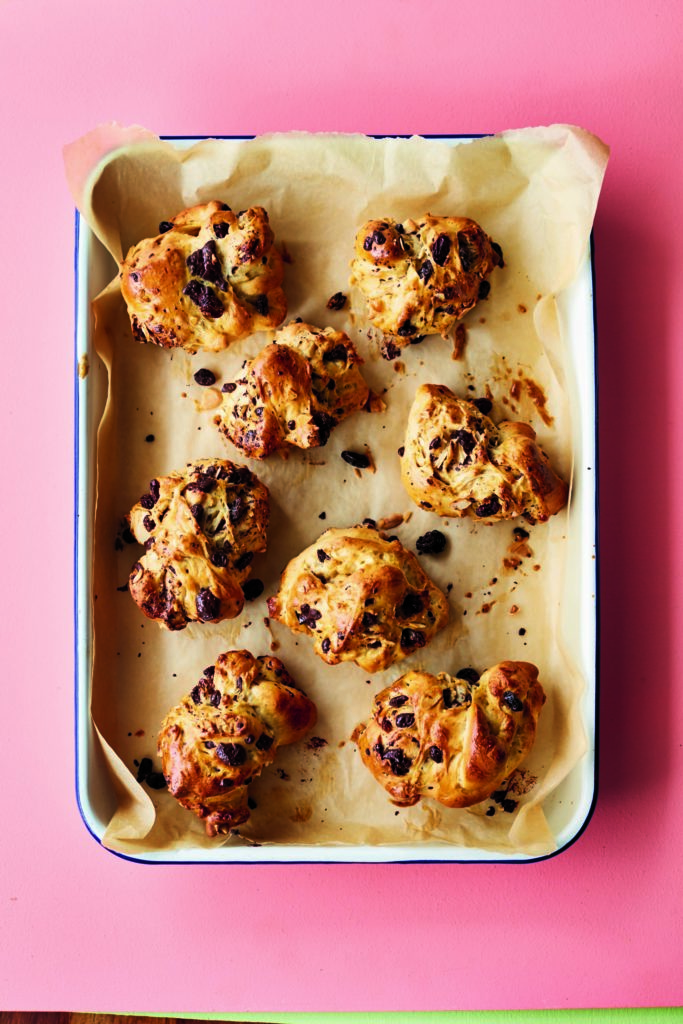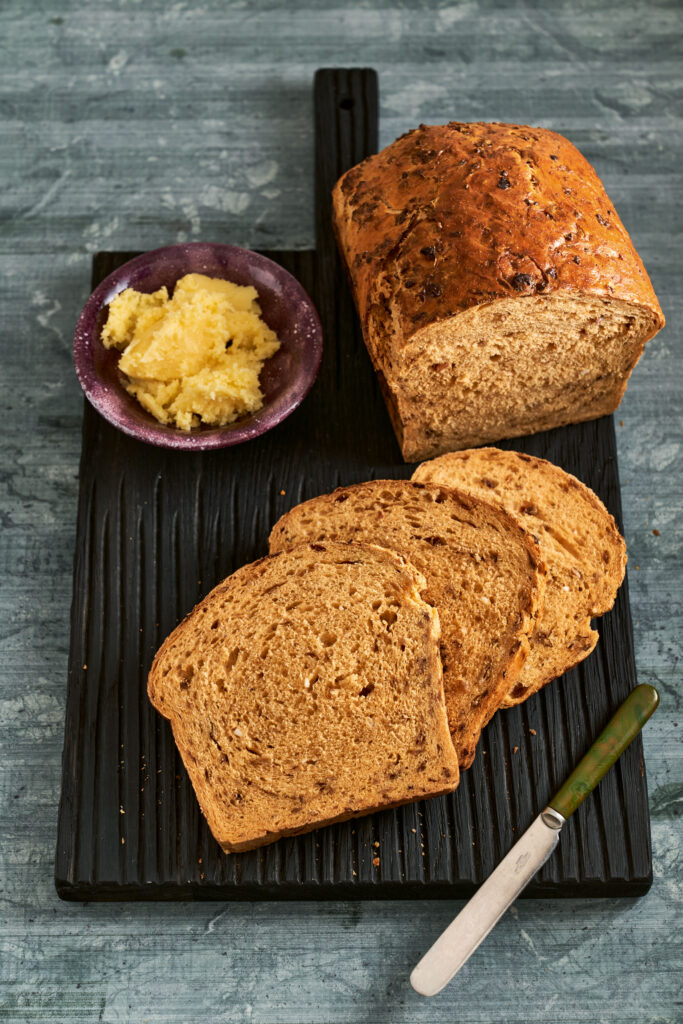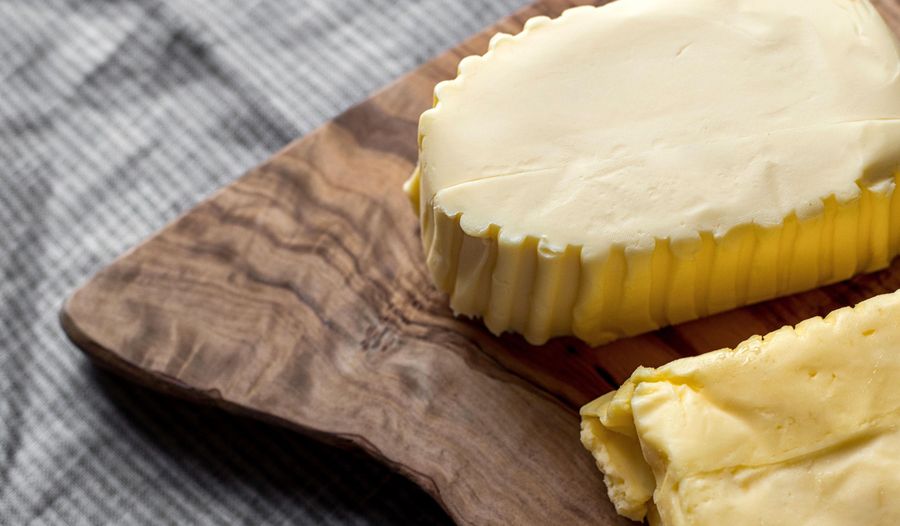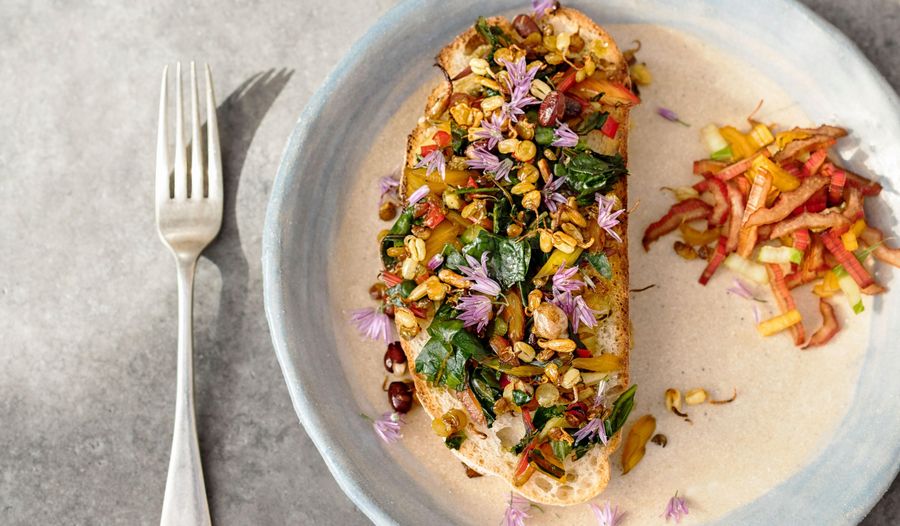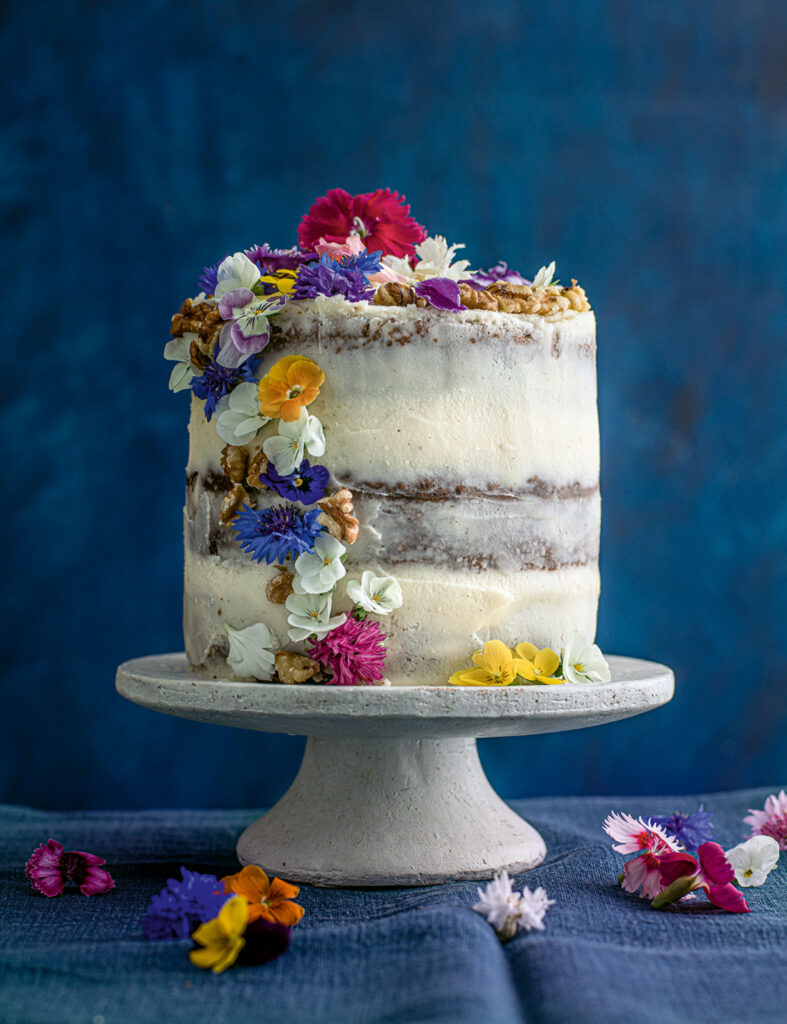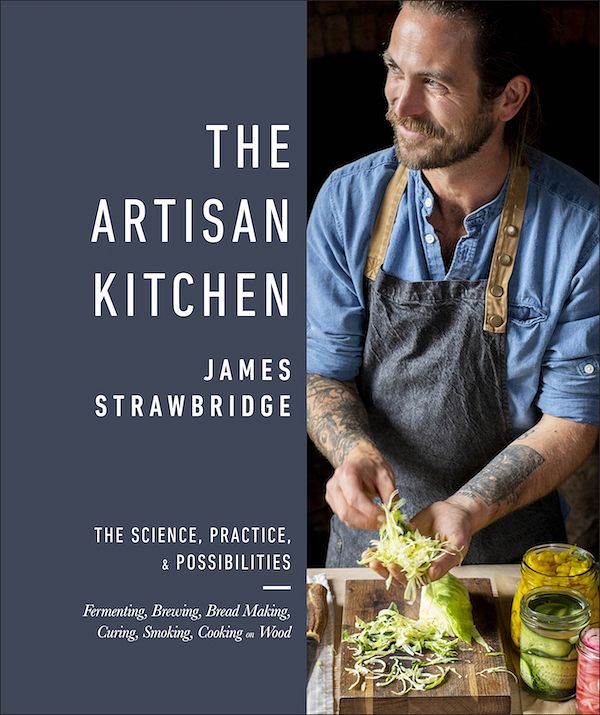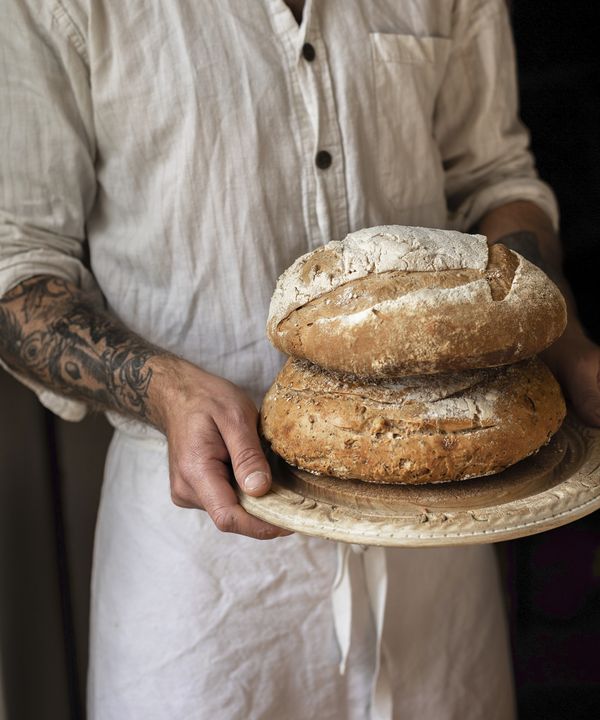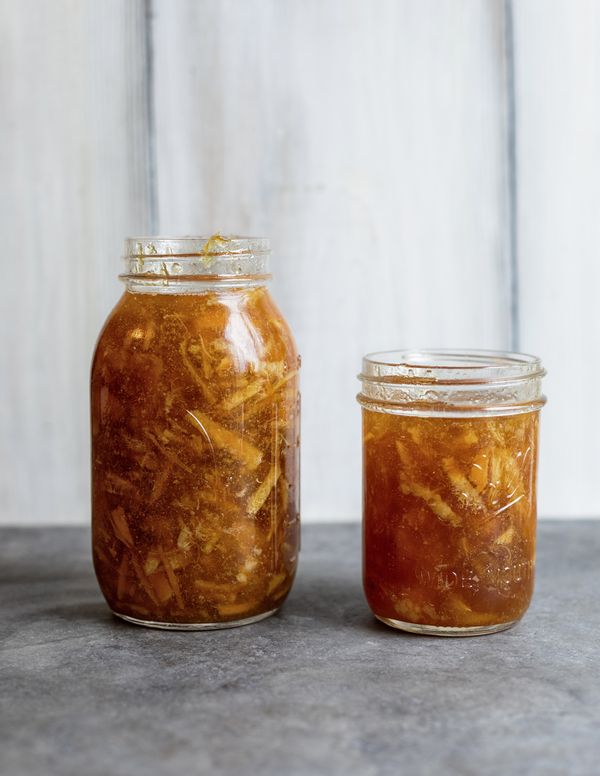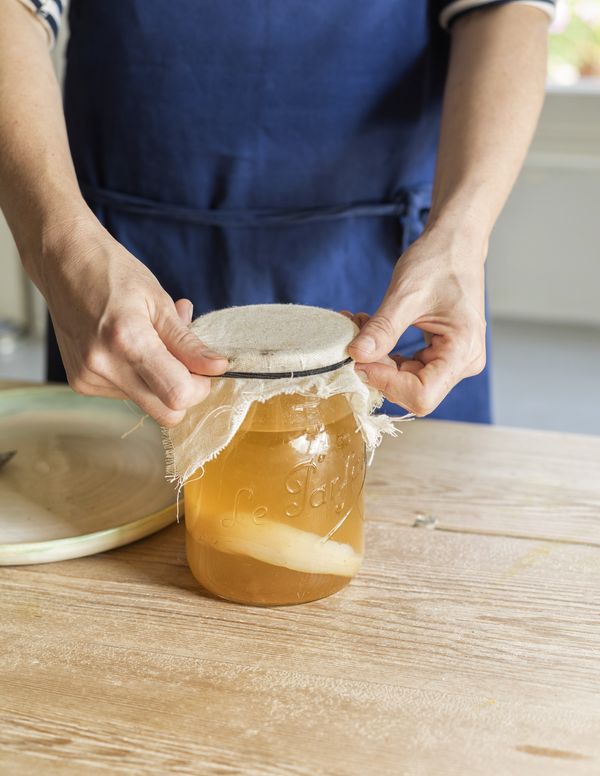Seeded Sourdough
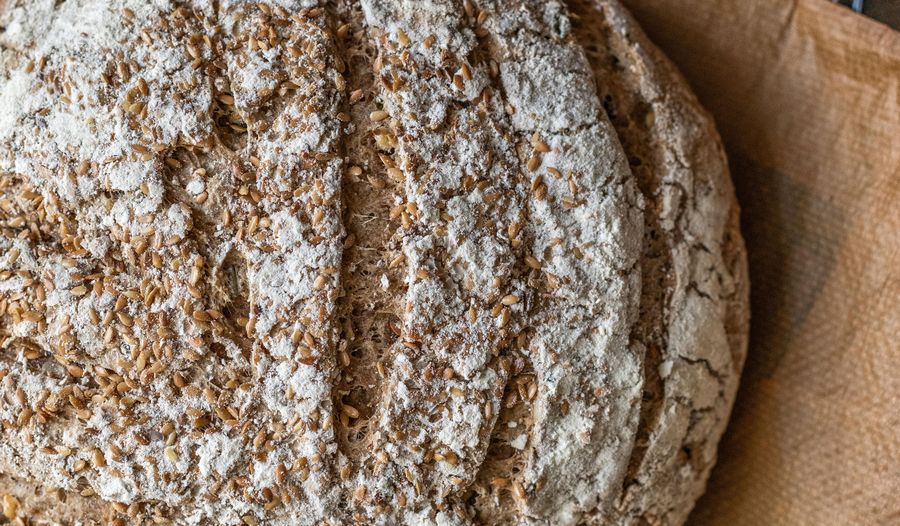
Learning how to make sourdough bread can be a challenge, but with James Strawbridge's easy, step-by-step instructions, you'll achieve a perfect starter culture and a crusty seeded loaf.
From the book
Buy From
Introduction
A classic sourdough is always a winner, but if you want to add a lighter, sunnier layer to your loaf then knead some sprouted seeds into the dough. They remain a little crunchy after baking but are easy to digest and offer a fresh complement to the sour tang. This is the ideal way to get even more nutrition and flavour into your daily loaf.
Ingredients
| For the sourdough starter: | |
| 500g (1lb 2oz) | organic strong white bread flour |
| 500g (1lb 2oz) | water (see Expert Tips, below) |
| For the Seeded Sourdough: | |
| 150g (5½oz) | active sourdough starter |
| 250g (9oz) | warm water |
| 25g (scant 1oz) | olive oil |
| 500g (1lb 2oz) | organic strong white bread flour |
| 10g (¼oz) | fine sea salt |
| 50g (1¾oz) | sprouted seeds – I use a mix of green and brown lentils, adzuki beans, sunflower seeds, mung beans, and chickpeas (optional) |
| 2 tbsp | linseeds or milled bran flakes |
Essential kit
You will need: 1-litre (1¾-pint) glass jar, sterilised muslin or cheesecloth, a dough scraper (optional), a bread lame, razor, or serrated knife, and a banneton (proving basket).
Method
For the soursough starter:
1. Mix 400g (14oz) of the flour with 400g (14oz) of the water in a glass jar. Whisk well and cover with a piece of muslin or cheesecloth. Leave out of harm’s way at a constant temperature between 15 and 27°C (59–81°F).
2. After 1–2 weeks the starter will begin to ferment and increase in volume. You will see bubbles start to form and the consistency should be like a smooth, runny porridge that falls off a spoon slowly but in a continuous stream. Add the remaining flour and water, and after 24 hours the starter will appear lively, with a pleasant sour smell.
3. Once fully active, the starter will need frequent attention to keep it alive. When stored at room temperature feed daily with equal amounts of flour and water – 2 tablespoons of each will suffice. If kept in the fridge, however, the starter will only require feeding twice weekly, with 2 tablespoons each of flour and water. To avoid an increase in volume, remove 2–4 tablespoons of the starter mixture before feeding.
4. When you use some of the starter to make a loaf, you will have to replace what you take away. For example, if you use 150g (5½oz) starter in your recipe, replace it with 75g (2½oz) flour and 75g (2½oz) water, whisked into the original starter. With practice and careful feeding, your starter can last for months if not years, making loaf after loaf.
EXPERT TIPS
Working with a living organism has as much to do with intuition as it does the recipe, so be attentive. Keep fermentation constant by feeding the starter regularly and maintaining the same hydration levels and temperature.
For exact quantities in bread-making, I weigh liquids rather than relying on volume measures. The advantage is that scales are more accurate than judging the level of the liquid in a measuring jug by eye, plus you can add everything into one bowl on a set of scales.
Make a starter 2–3 weeks ahead of when you plan to start baking. If you are not baking every day, keep your starter in the fridge and take it out 24 hours before you need it, to kick-start it into action. You can also freeze it. To bring it back to life again, let the liquid defrost and leave it at room temperature for a day before feeding it.
You can add some established cultures when beginning a sourdough starter to get it going. Many people use a tablespoon of natural yogurt in with the flour and water to work alongside the wild yeasts. I sometimes use milk kefir as a direct stand-in for my sourdough starter.
For the Seeded Sourdough:
1. Whisk the starter, water, and olive oil in a large bowl. Add the flour and salt, then squish everything together with your hands or a dough scraper until all of the flour is absorbed. Knead on a floured surface for 10–15 minutes until smooth and springy.
2. Form the dough into a rough ball and transfer to a bowl. Cover and leave to prove at 20–27°C (68–81°F) for a fast rise or overnight at 15–20°C (59–68°F). Do not allow the temperature to fall below 9°C (48°F) or fermentation will cease. Your dough is ready when it no longer looks dense and has almost doubled in size. This can take anywhere from 6 to 12 hours, depending on temperature and the potency of your starter.
3. Turn out the dough onto a floured surface, flatten, and then, starting at the top, fold the edge towards the centre. Give the dough a slight turn, then fold over the next section. Repeat until you have come full circle. Incorporate your sprouted seeds at this stage if using, working them into the dough until evenly distributed. Flip the dough and place it seam-side down, then gently cup the sides and rotate it with a gentle downward pressure. Repeat this process until the dough is smooth in shape and appearance.
4. Add the linseeds or milled bran flakes to the bottom of a floured banneton so that they stick to the loaf as it proves. Place the dough in the banneton, cover, and leave for a second, shorter rise of about 1–2 hours at 20–27°C (68–81°F), until the dough is a little puffy.
5. Preheat the oven to 200°C (400°F/Gas 6). Just before your bread goes into the oven, use a bread lame, razor, or serrated knife to make a few shallow slashes, about 10cm (4in) long, in the surface of the dough.
6. Bake for 40 minutes. During the last 10 minutes, crack open the oven door momentarily. This allows moisture to escape, leaving your bread with a crisp crust.
EXPERT TIPS
Scoring or slashing the top of your dough quickly before it bakes controls the final shape of the loaf, preventing the crust from tearing or popping in odd places. It’s also a baker’s signature, so be experimental and have fun coming up with your own unique patterns.
Try using 100 per cent rye flour for a second mother culture. Once you have mastered the white flour recipe, it’s nice to experiment with a second sourdough starter that has a nuttier flavour.


